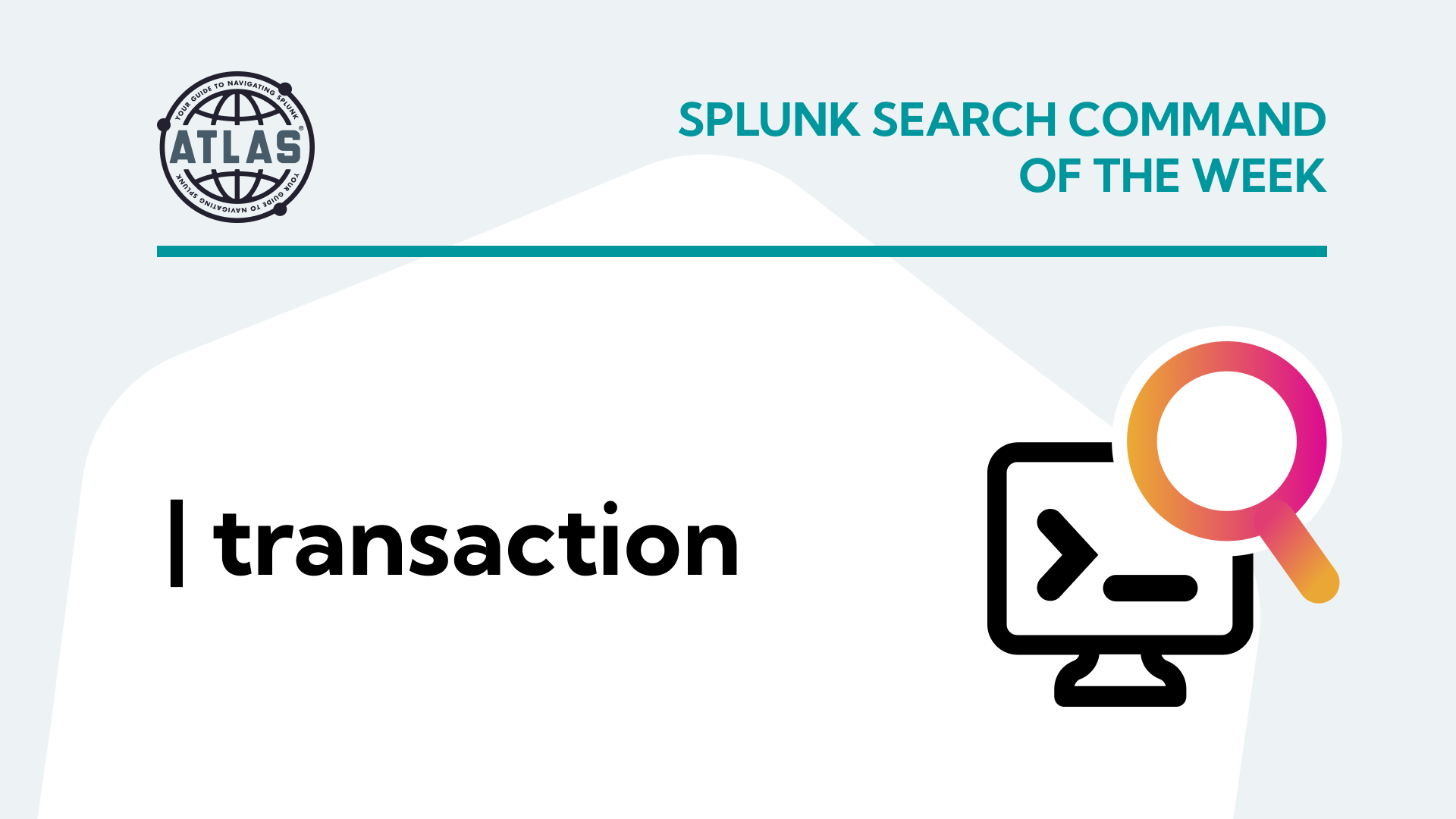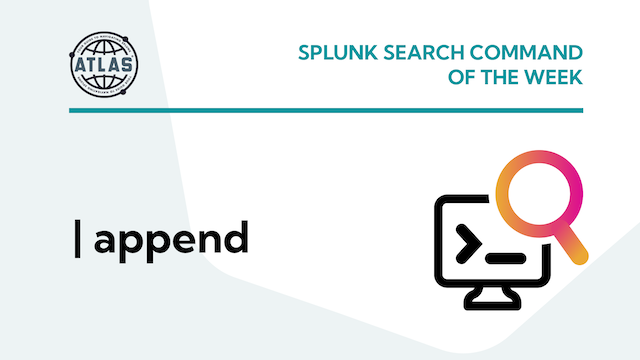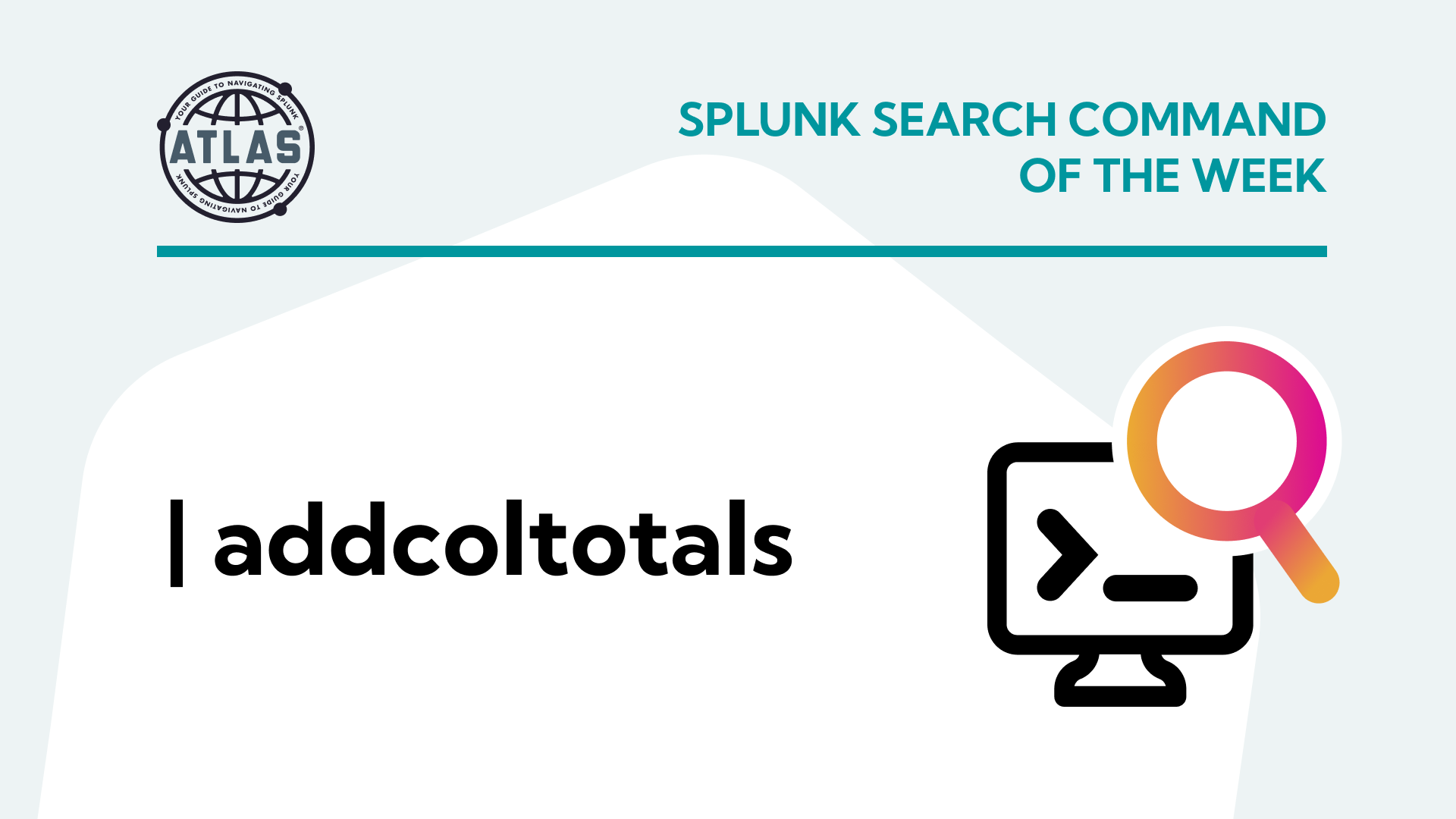Have you ever found yourself grappling with complex log data analysis or struggling to extract valuable insights from your Splunk deployment? If so, you’re not alone. Many businesses face challenges in efficiently managing and processing log data to derive meaningful intelligence. That’s where Splunk Props Conf comes to the rescue, offering a powerful solution to streamline data processing and enhance the effectiveness of your Splunk instance.
What is Splunk Props Conf?
Splunk Props Conf is a configuration file in Splunk that allows users to define how data should be processed during indexing. It provides a way to modify, transform, and enrich the incoming data before it is indexed, making it more structured and searchable. Splunk Props Conf is particularly useful for data normalization, field extraction, event line breaking, and other preprocessing tasks.
Who benefits from Splunk Props Conf?
Splunk Props Conf is a valuable tool for Splunk administrators, data analysts, and anyone working with log data. It empowers them to optimize data processing and extract meaningful insights from raw logs more effectively. By defining custom data processing rules, users can tailor the behavior of Splunk to suit their specific requirements and achieve better results.
The Benefits of Splunk Props Conf
Splunk Props Conf offers several benefits that enhance the efficiency and effectiveness of log data analysis. The primary benefit lies in its ability to transform and normalize data, enabling accurate and consistent indexing. Additionally, it helps in improving search performance and reducing storage costs.
- Streamlined Data Processing: With Splunk Props Conf, you can standardize and normalize your data, ensuring consistent field extraction, event categorization, and time parsing. This results in cleaner, more structured data, which significantly improves the accuracy of search results and facilitates effective analysis. By streamlining data processing, Splunk Props Conf saves time and effort while enhancing the quality of insights derived from log data.
If you don’t utilize Splunk Props Conf or implement improper configurations, you may encounter inconsistent field extractions, incorrect event categorization, or inefficient data parsing. This can lead to inaccurate search results and hinder your ability to gain meaningful insights from log data. - Improved Search Performance: Splunk Props Conf allows you to define index-time field extractions, reducing the need for costly and resource-intensive search-time extractions. By extracting and transforming the necessary fields during indexing, you can significantly boost search performance. This results in faster search results, enabling real-time analysis and quick decision-making based on the most up-to-date data.
On the other hand, relying solely on search-time extractions can hamper search performance, especially when dealing with large volumes of data. It can lead to slower searches and increased resource consumption, ultimately impacting the overall responsiveness of your Splunk deployment.
Types of Splunk Props Conf
Splunk Props Conf encompasses various configuration options, enabling users to customize data processing behavior to suit their specific needs. Some common types include field extractions, event line breaking, timestamp recognition, and source type detection. By leveraging these different types of configurations, users can fine-tune their data processing workflows and optimize their log analysis.
How to Use Splunk Props Conf
To harness the power of Splunk Props Conf effectively, follow these step-by-step instructions:
Step 1: Locate the Props Conf file.
Access your Splunk instance’s file system and navigate to the “props.conf” file, typically found in the “$SPLUNK_HOME/etc/system/local” directory.
Step 2: Define custom data processing rules.
Open the Props Conf file and define your custom configurations. This may include field extractions, event line breaking, timestamp recognition, and other preprocessing directives. Ensure that your configurations align with your data structure and analysis goals.
Step 3: Restart Splunk.
Save the Props Conf file and restart your Splunk instance to apply the changes. After the restart, Splunk will process incoming data according to the defined configurations in Props Conf, enhancing data quality and searchability.
Use Case Examples for Splunk Props Conf
Let’s explore two use cases that demonstrate the practical applications of Splunk Props Conf.
Use Case #1: Enhancing Security Incident Response
Scenario: A security operations team needs to detect and respond to security incidents quickly. They want to extract key fields from raw log data and normalize the event structure for efficient analysis.
Tools: Splunk Enterprise, Splunk Props Conf.
Step 1: Define field extractions.
In Props Conf, specify regular expressions to extract relevant fields such as source IP, destination IP, event type, and user information. This ensures that important information is readily available for security analysts.
Step 2: Normalize event structure.
Using Props Conf, define event line breaking and event categorization rules to ensure consistent event structure across logs. This enables streamlined analysis and faster detection of security incidents.
Use Case #2: Enriching Log Data for Business Insights
Scenario: A marketing team wants to gain insights from web server logs to improve website performance and user experience. They need to extract additional fields and transform the data to support their analysis.
Tools: Splunk Enterprise, Splunk Props Conf.
Step 1: Extend field extractions.
In Props Conf, add custom field extractions to capture additional information like page load time, user agent, and referring URL. This enhances the richness of the log data and enables in-depth analysis.
Step 2: Transform data for analysis.
Utilize Props Conf to apply transformations such as IP-to-geolocation lookups, user agent parsing, and URL parameter extraction. These transformations provide valuable context to the log data and facilitate accurate analysis for optimizing website performance.
Conclusion
In summary, Splunk Props Conf is a powerful configuration file that empowers Splunk users to optimize log data processing and unlock valuable insights. By streamlining data processing, improving search performance, and enabling customizations, Splunk Props Conf significantly enhances the effectiveness of log analysis workflows. With its ability to transform raw logs into structured and searchable data, Splunk Props Conf becomes an indispensable tool for any organization seeking to maximize the value of their log data. Remember to explore the use cases provided and practice them to master the potential of Splunk Props Conf in your own Splunk deployments.
If you found this helpful…
You don’t have to master Splunk by yourself in order to get the most value out of it. Small, day-to-day optimizations of your environment can make all the difference in how you understand and use the data in your Splunk environment to manage all the work on your plate.
Cue Atlas Assessment: Instantly see where your Splunk environment is excelling and opportunities for improvement. From download to results, the whole process takes less than 30 minutes using the button below:





